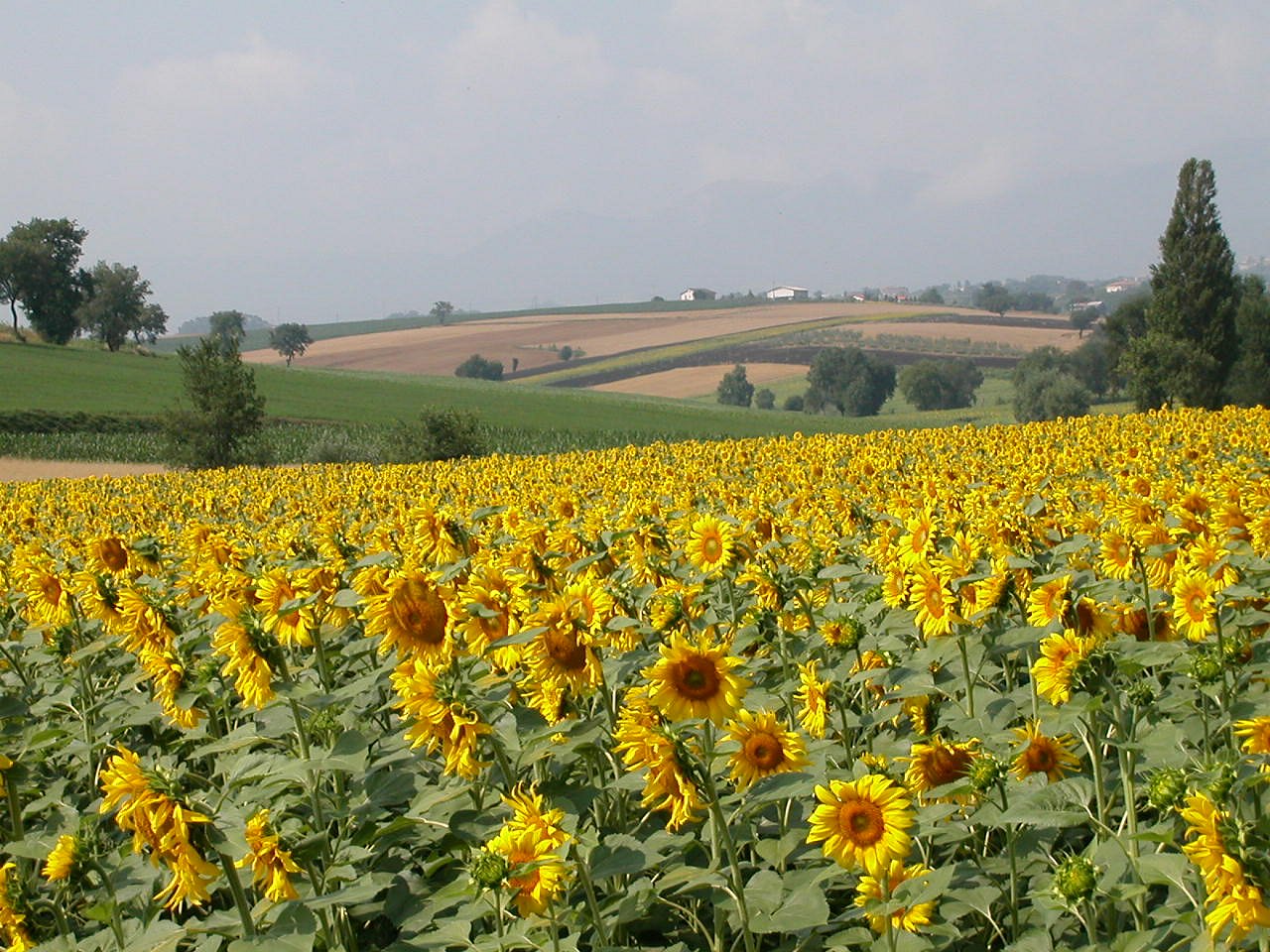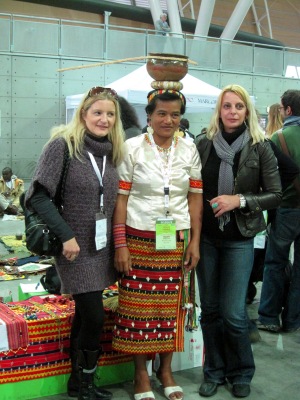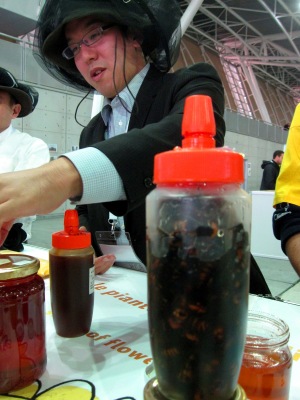Wine journalism. Is it a public service, or simply pretentious nonsense? What forms does it come in? Does anyone pay attention to this stuff anyway? Who is the target audience?
On this gray November day, we were greeted by the warm presence of Richard Baudains, a wine writer for Decanter who has also contributed to the Arcigolo Gambero Rosso guides Vini d’Italia (Wines of Italy) and Vini del Mondo (Wines of the World). He hails from the Channel Islands (an archipelago between England and France), but has spent the last two decades living and drinking in Italy.
There are many opinions on the role of wine journalism, and we examined a series of quotes from wine writers with varying interpretations of the role. There is the Elitist Expert, who wrote, “I’ve been tasting wines now for over forty years and I like to think that through my articles I can help my readers to appreciate the subtleties of one of the finer things in life.” There is the Public Defender, who said, “Do you know how many chemical additives are permitted in a wine by a European food regulation laws? And what about the illegal additives? Wine writers should be raising awareness of these issues.” There is the Writer of Convenience, who commented, “I used to be on the sports page, but I got fed up with all the travelling and staying up all night to file my copy for the morning editions. Wine is great. A very laid back scene and super hospitality.” And naturally, there is the Passionate Amateur, who enthuses, “I just adore wine, in all shapes and forms. I love tasting it and I love writing about it and I want to share my passion for it through my blog.” People write about wine to affirm their own prestige, to express joy, for money, for free, to spread knowledge, to omit it, and for all sorts of reasons in between.
Continue reading An Introduction to Wine Journalism








